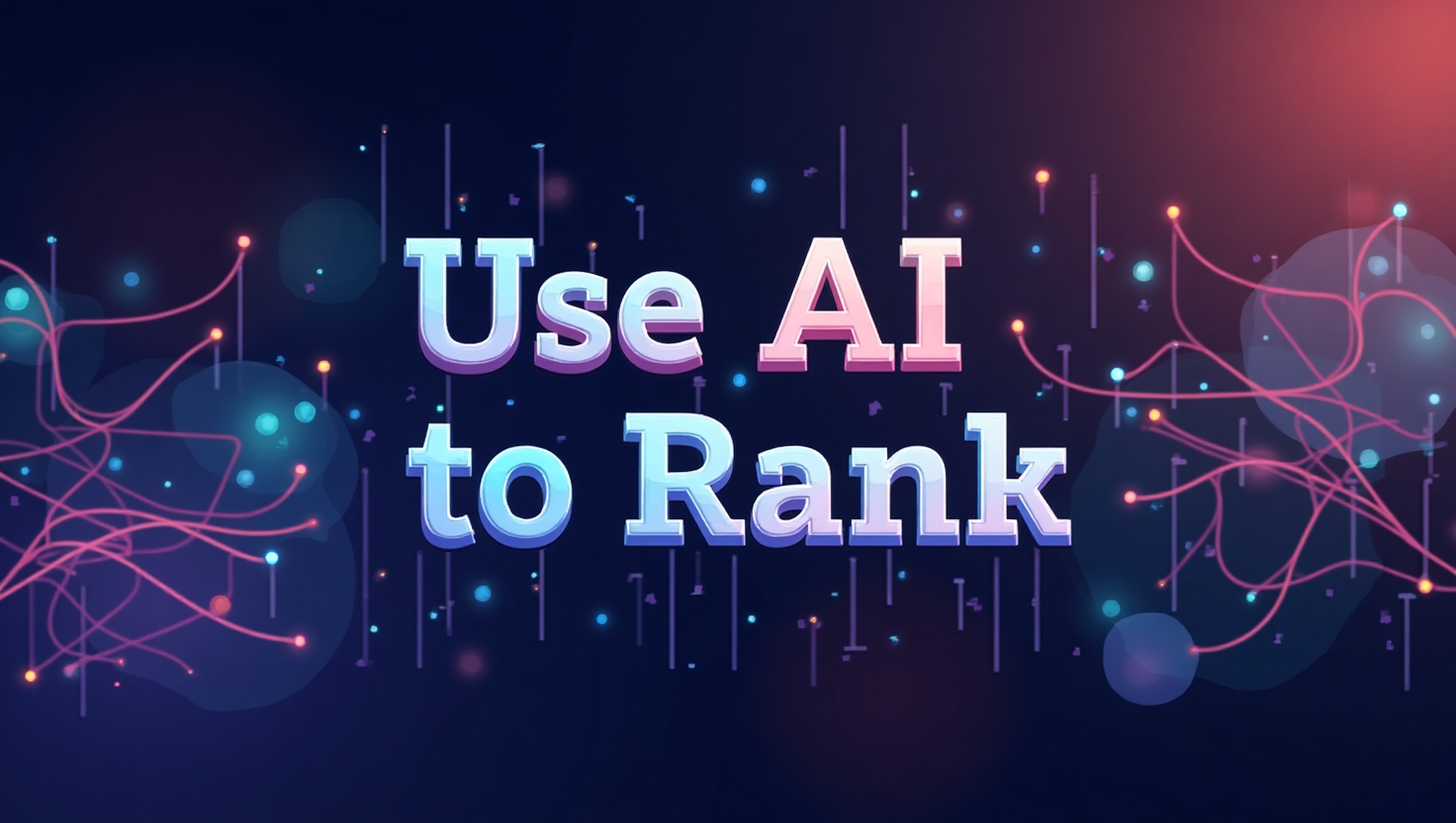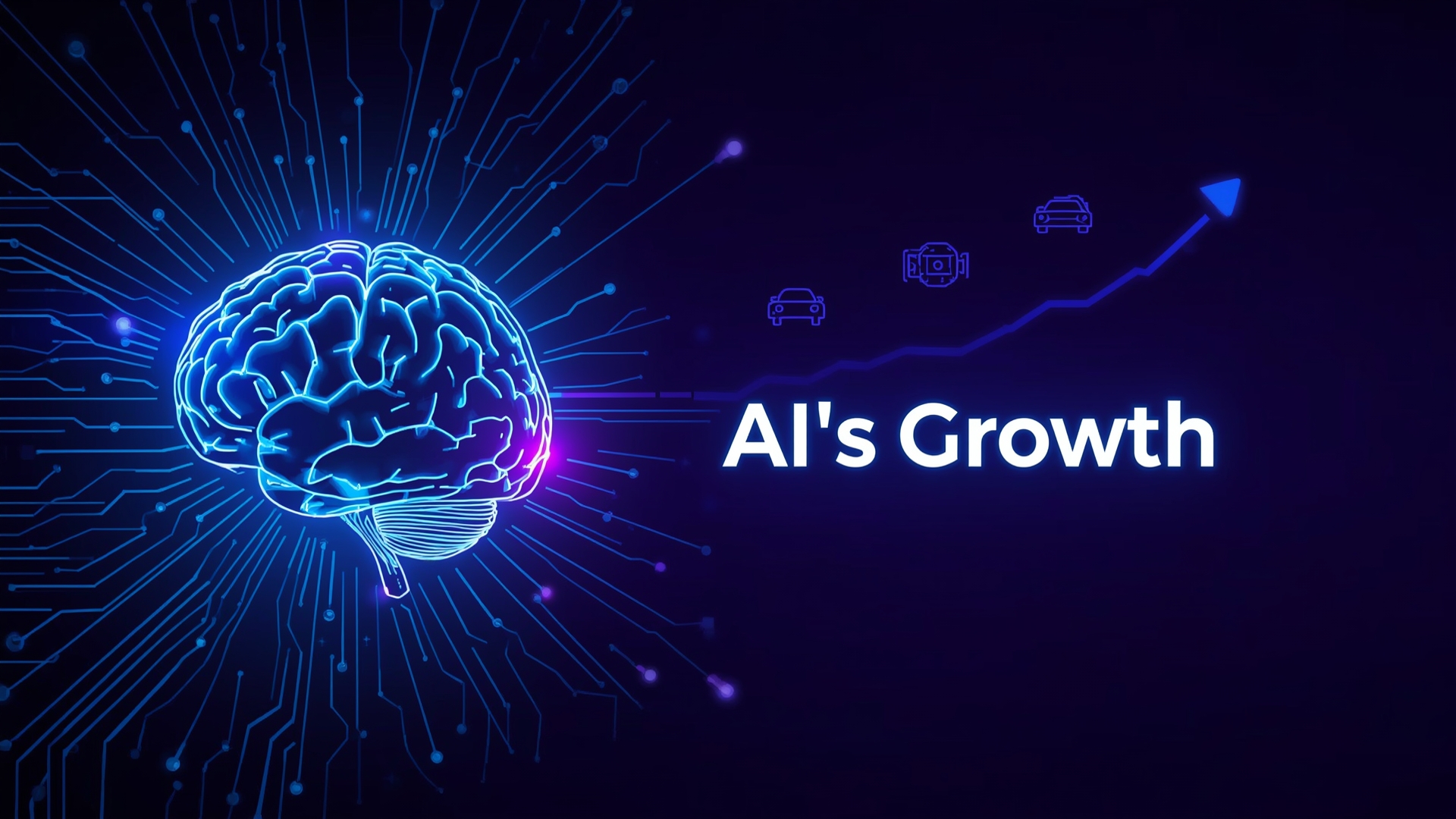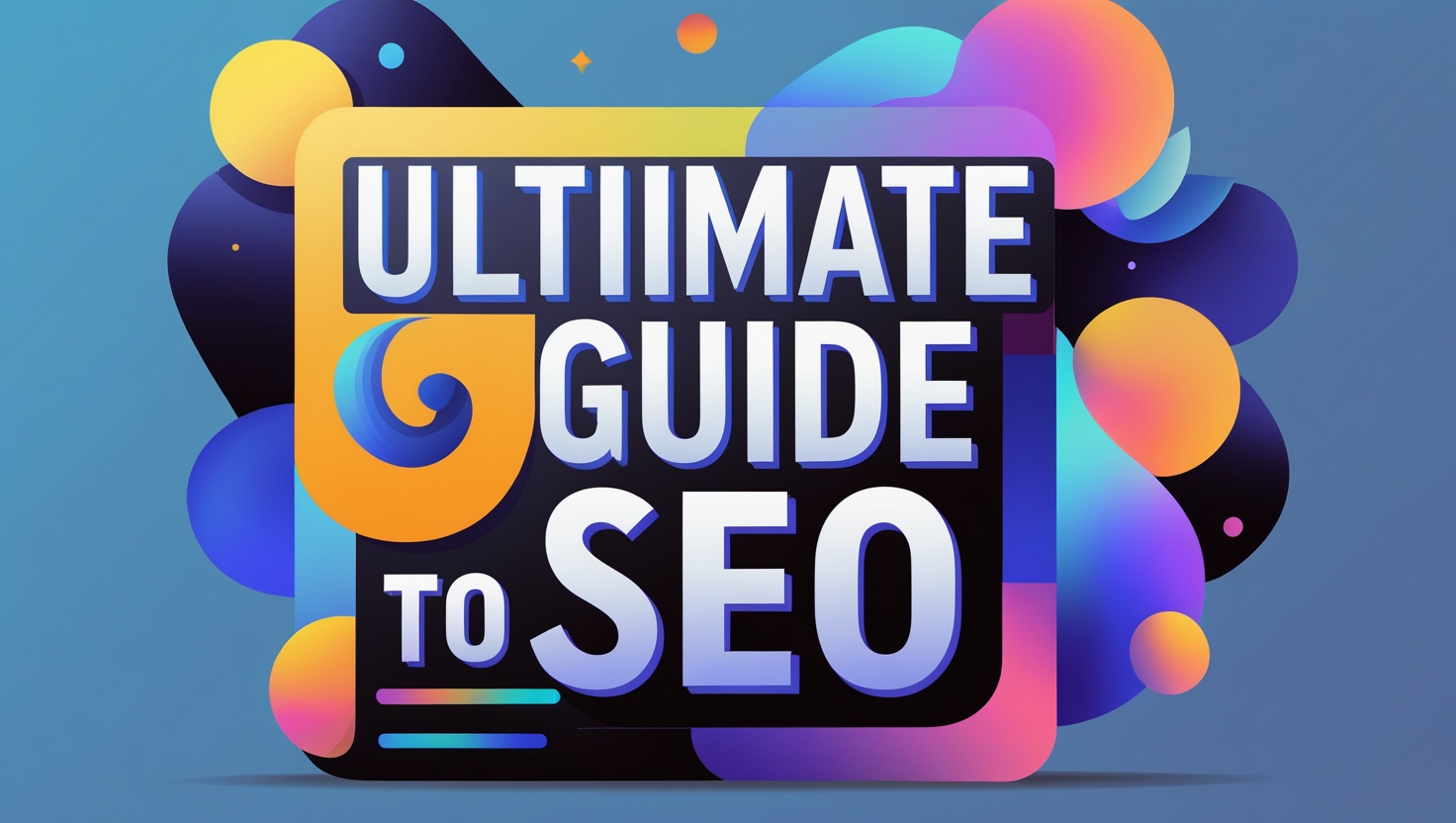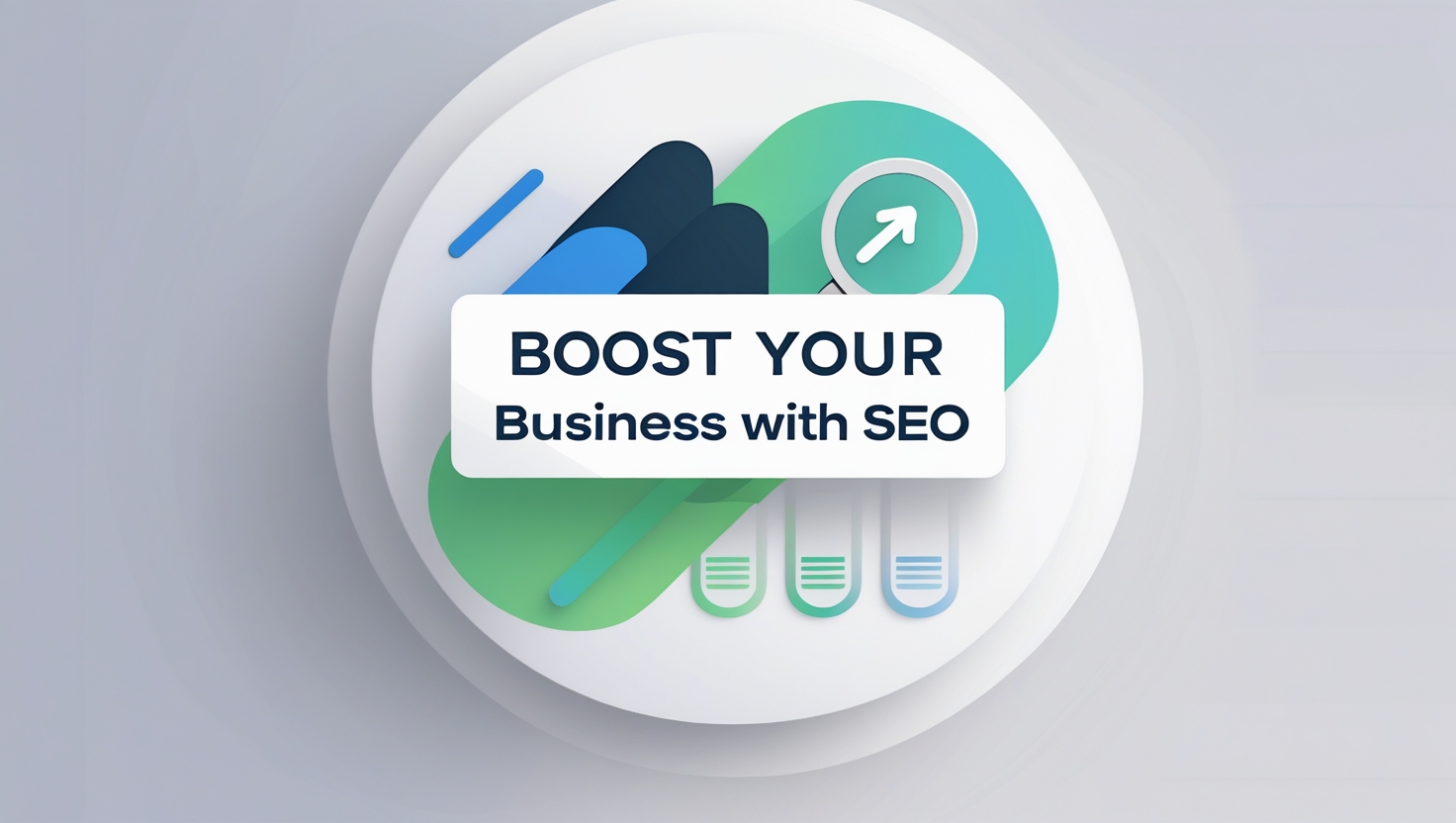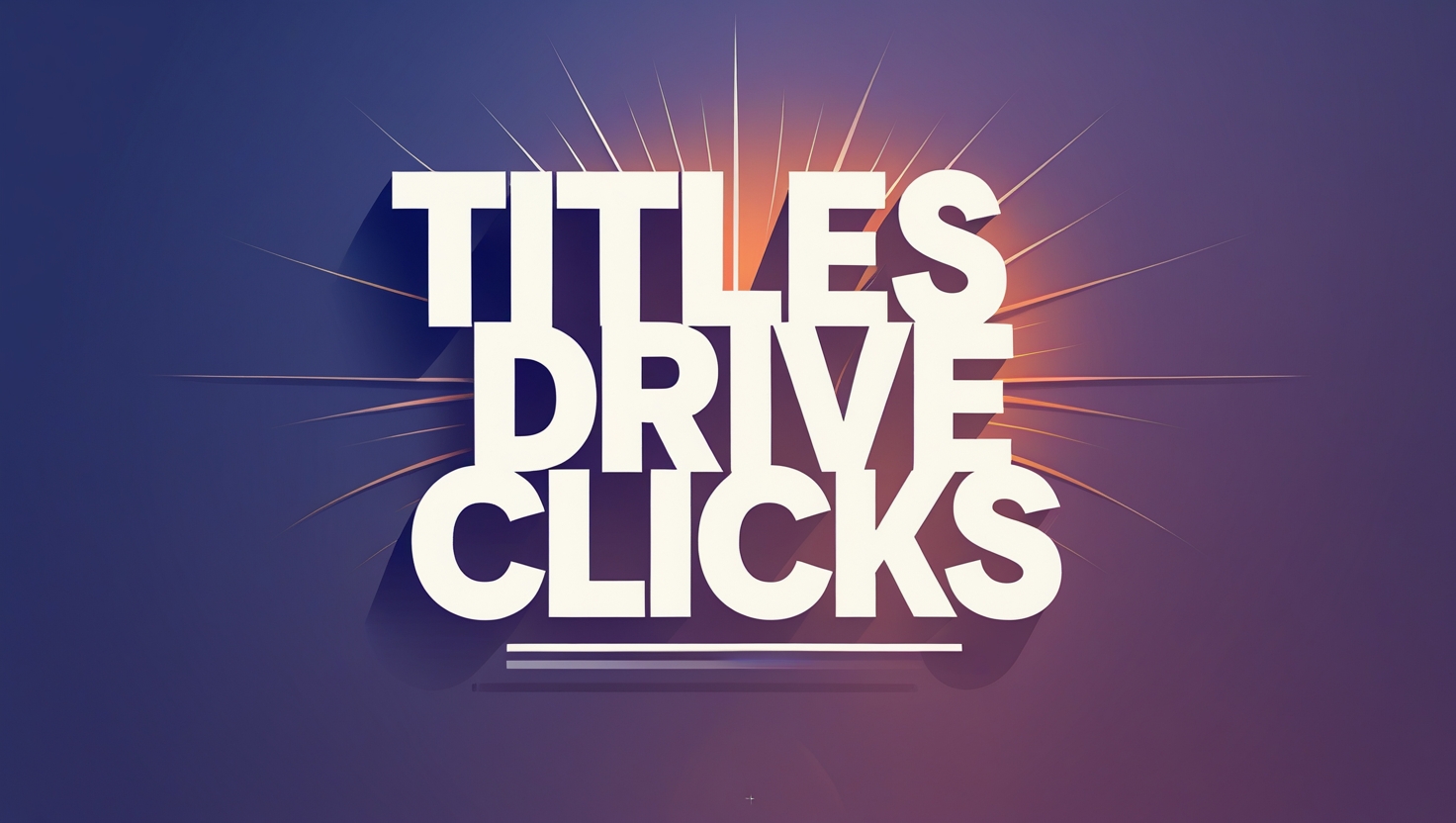11 | Feb
clevpro
11 Feb, 2025
The Rise of AI: Understanding Its Impact on Business and Society
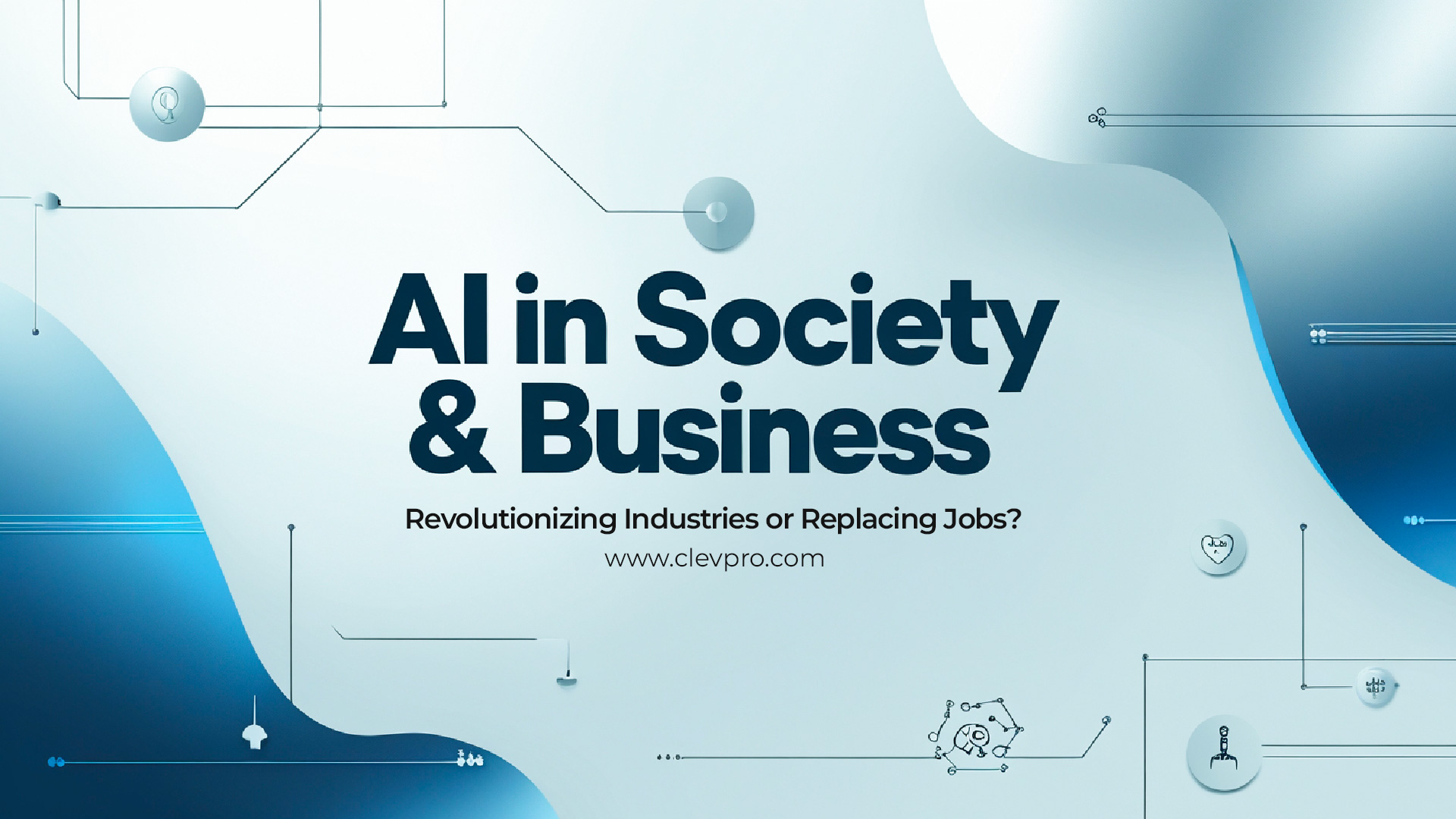
The buzzword status of artificial intelligence has become outdated as this technology exists in our present world. This technology exists today while transforming shopping activities along with working practices and medical detection systems and school curriculums. This modern society presents efficiency advantages but also generates unemployment risks alongside systematic mistreatment of certain groups.
This article examines how AI influences modern business operations and social structures without speculations. You will understand how Netflix and Amazon use AI to control markets alongside education and healthcare system changes and crucial ethically challenging issues. Let’s dive in.
AI in Business: Winners, Losers, and Game-Changers
1. Automation: The Double-Edged Sword
The implementation of AI-powered robots and software systems takes over repetitive jobs even though these systems help generate new positions in the market.
Good: The AI robots employed at Amazon warehouses have increased package sorting speed by three times thereby decreasing delivery times.
Bad: Fast-food chains like McDonald’s are testing AI cashiers, threatening low-wage jobs.
Opportunity: Upskilling workers to manage AI tools (e.g., “robot supervisors”).
Image Prompt Idea: A split-screen of a factory floor in the 1980s (left) vs. a modern AI-driven warehouse (right).
2. Data-Driven Decisions
Numerous data points go through AI processes to foresee market developments while creating customer-specific advertising strategies at reduced operational costs.
Example: Through its recommendation system Netflix saves $1 billion every year by decreasing the number of lost customers.
Tool to Try: Google Analytics’ AI insights for small businesses.
3. Customer Service Revolution
70% of regular customer inquiries get resolved through Chatbots and AI assistants while human resources focus on dealing with challenging cases.
Example: The Bank of America chatbot Erica provides balance information while allowing users to perform bill payments to its 25 million customers.
Pro Tips: Companies should employ ChatGPT technology to create branded customer email content that meets their corporate identity standards.
4. Supply Chain Wizardry
Predictive AI technology identifies potential disruptions including wars and Covid as well as it optimizes delivery routes during real-time operations.
Example: Walmart employs artificial intelligence to redirect trucks when storms hit in order to maintain store inventory levels.
AI represents Hope yet Hype as well as unresolved difficult questions for society today.
1. Healthcare: Saving Lives, Raising Concerns
The Good: Using AI technology DeepMind from Google detects breast cancers at an early stage with 94% accuracy.
The Bad: Algorithms develop diagnostic errors when they are trained on non-segmented data that results in biased outcomes against minority groups.
The Future: Wearable devices including Fitbit perpetuate their predictive functionality for heart attacks through the application of artificial intelligence before specific symptoms emerge.
2. Education: Personalized Learning at Scale
Tutoring: Khan Academy’s AI tutor helps kids master math at their own pace.
Cheating Crisis: Tools like GPT-4 make it easier to write essays, forcing schools to rethink testing.
3. The Job Market Shakeup
At Risk: Roles in data entry, retail, and manufacturing (up to 30% of tasks could be automated by 2030).
In Demand: AI trainers, ethicists, and cybersecurity experts. Pro Tip: Learn AI tools relevant to your field (e.g., Canva Magic Write for marketers). 4. Ethical Dilemmas We Can’t Ignore The prejudice of facial recognition systems against non-white skin tones produces improper detainment among individuals.
Privacy: Who owns your data when AI tracks your every click?
Accountability: If a self-driving car crashes, who’s liable—the driver, maker, or AI?
How to Adapt (Before AI Leaves You Behind)
For Businesses:
Start small: Automate one process (e.g., invoicing with QuickBooks AI).
The organization must provide training to its staff members about AI tools specifically Microsoft Copilot for Office.
For Individuals:
Upskill: Take free courses on Coursera or LinkedIn Learning.
Users should verify outputs from AI systems since these systems may generate inaccurate information known as “hallucinations”.
For Society:
People should promote laws like the EU’s AI Act to make organizations show their operations clearly.
The Bottom Line
A computer system functions without romantic or sinister intentions it only shows back to you what you teach it. Ethical adoption of this technology will enable businesses to succeed. Job adaptation by people will ensure their careers remain protected against future changes. Cultures that manage both innovation and accountability development will create an equitable future society.

